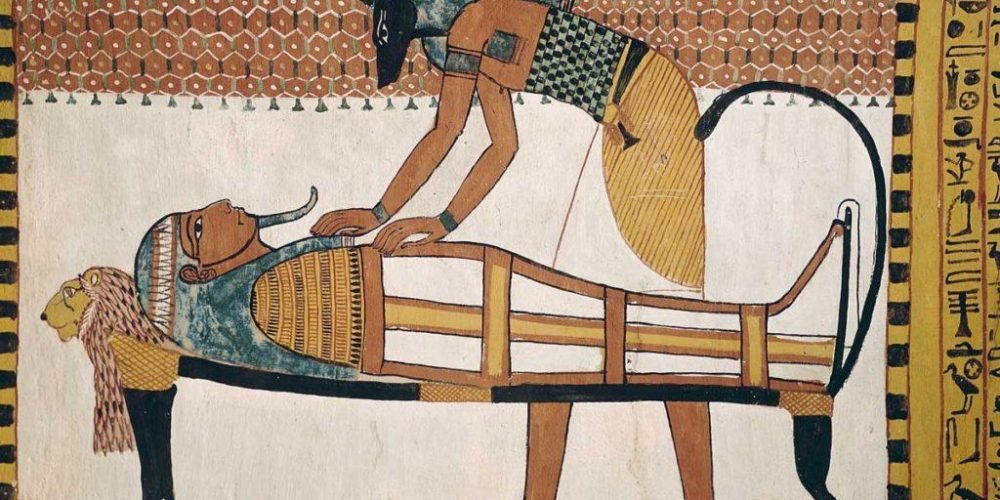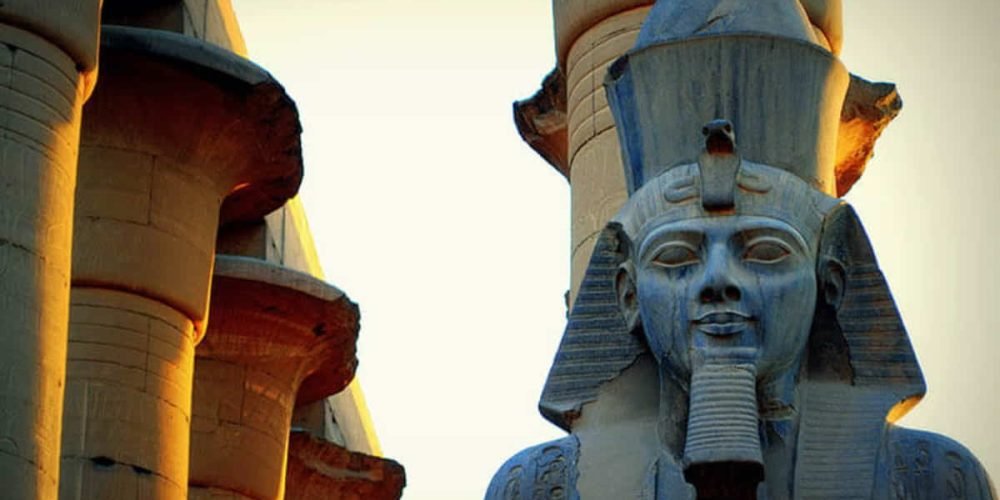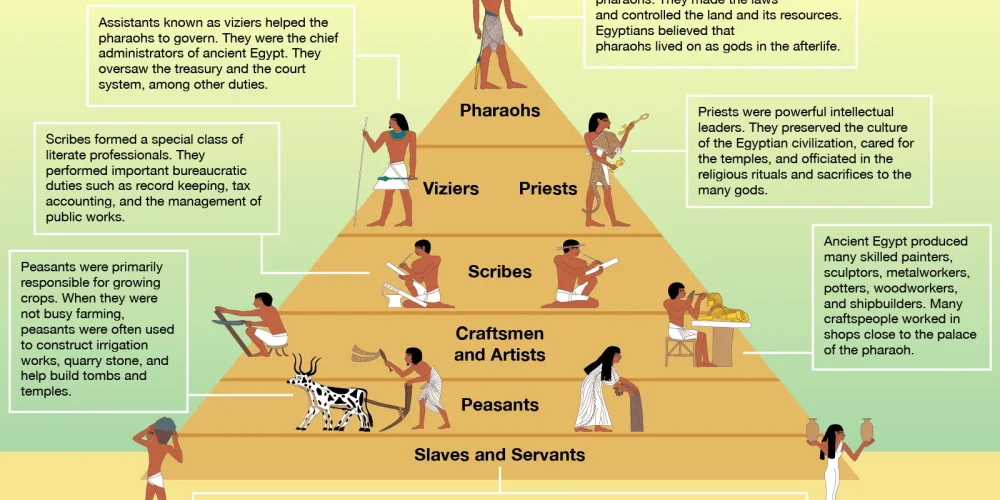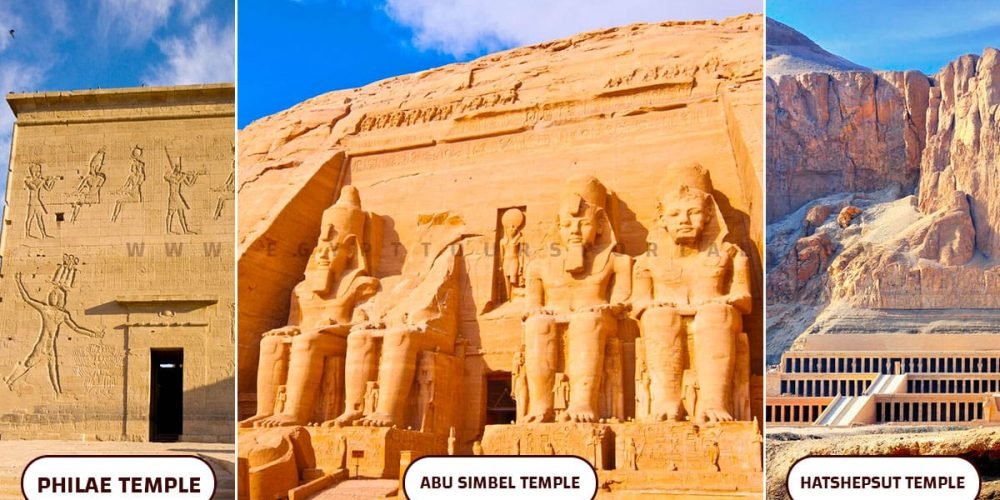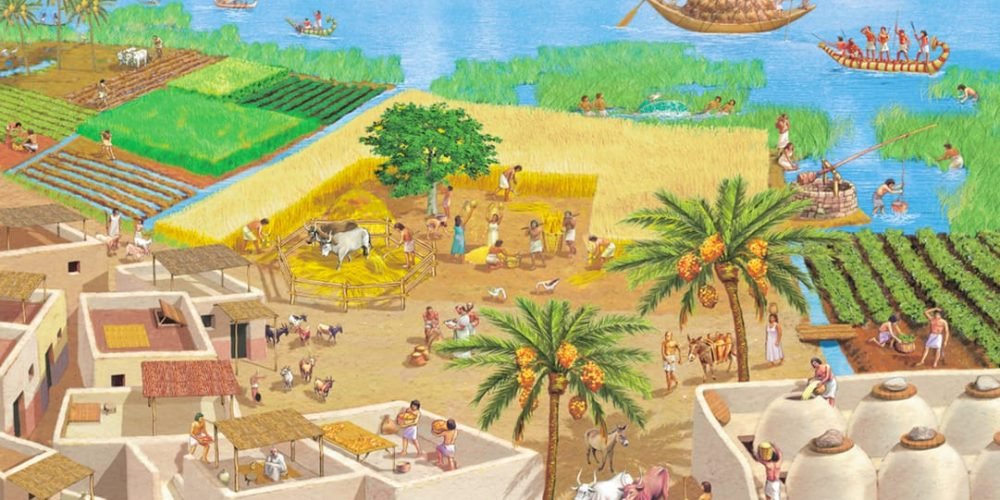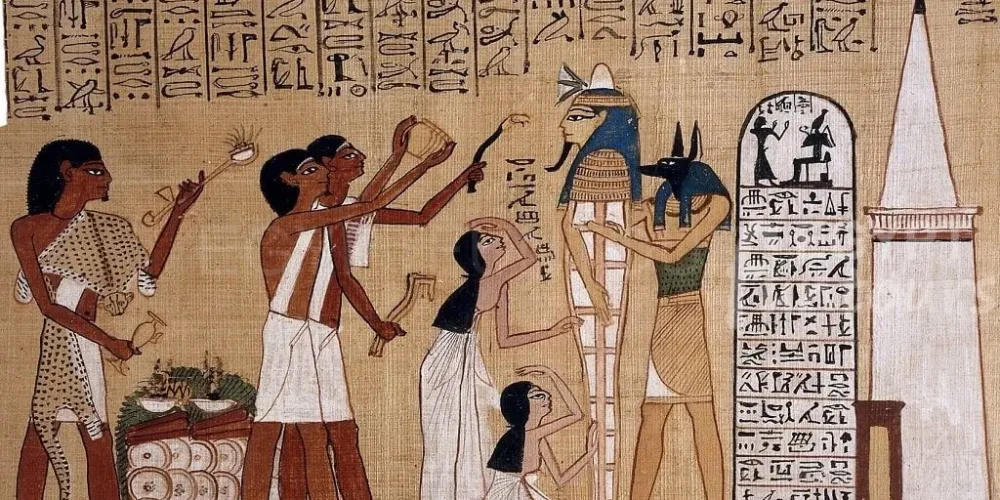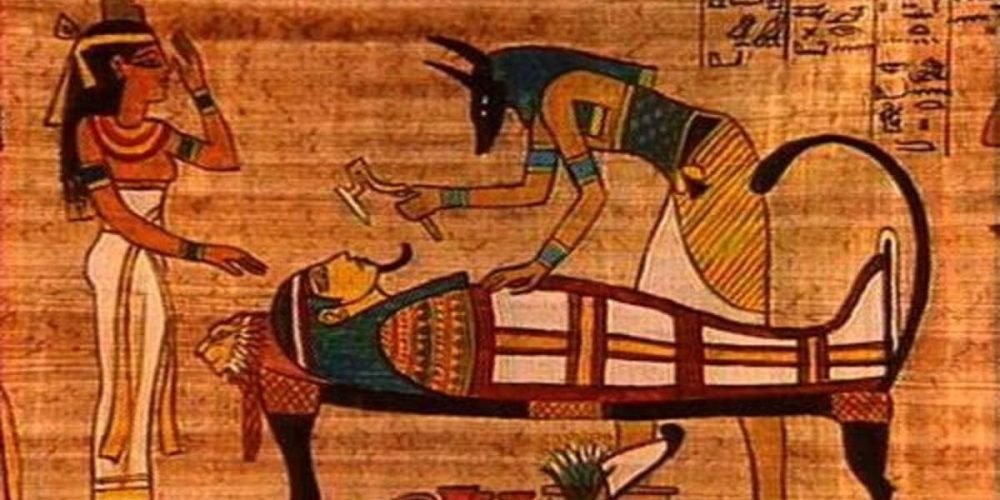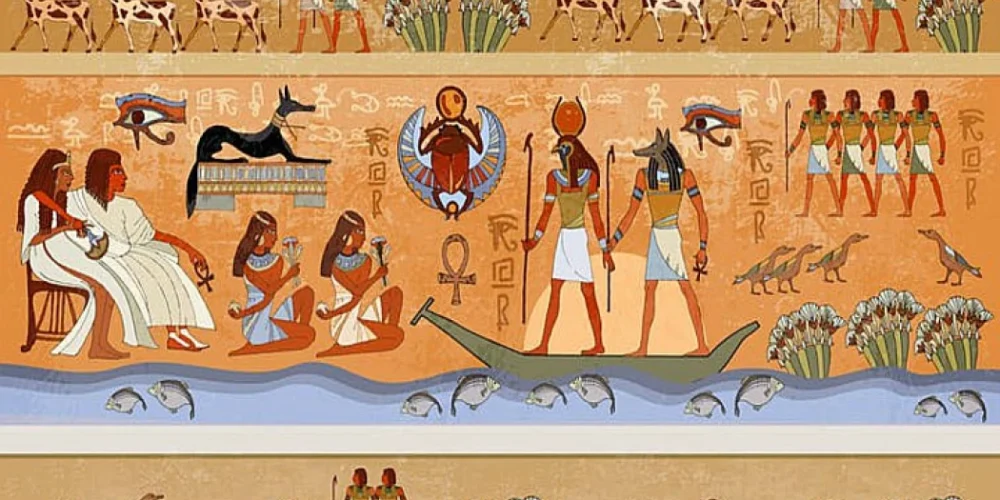Ancient Egyptian culture is one of the most fascinating and enduring cultures in human history. It lasted for over 3,000 years and influenced many other civilizations. The Egyptians were known for their rich traditions, beliefs, and remarkable achievements in various fields. Here’s an overview of some key aspects of their culture and traditions:
- Egypt Tour Magic
- Egypt Tour Packages
- Excursions in Egypt
- Cairo Tours and Excursions
- Hurghada Tours and Excursions
- Soma Bay Tours and Excursions
- Makadi Bay Tours and Excursions
- Sahl Hasheesh Tours and Excursions
- El Gouna Tours and Excursions
- Marsa Alam Tours and Excursions
- Port Ghalib Tours and Excursions
- El Quseir Tours and Excursions
- Dendera and Abydos Day Tours
- Aswan Tours and Excursions
- Luxor Tours and Excursions
- Alexandria Tours and Excursions
- Sharm El Sheikh Tours and Excursions
- Top Rated Tours in 2025
- Optional Excursions in Egypt
- Private Transfer
- Blogs About egypt
- Ancient Egypt
- What You Need To know Before Your First Trip To Egypt
- Best Places to Visit in Egypt 2025
- Top Attractions in Red Sea Resorts 2025
- Top 10 Tourist Activities in Egypt
- Top 30 Activities You Can’t Miss in Egypt
- The Guide to Guided Tours in Egypt
- Egypt’s Ancient and Modern History
- The Nile River
- The Deserts of Egypt
- Historical Sites in Egypt
- Cairo
- Alexandria
- Luxor
- Aswan
- The Red Sea
- Dendera Temple
- El Fayoum Oasis
- Bahariya Oasis
- Siwa Oasis
- Al Alamein
- Marsa Matruh
- Ancient Egyptian gods
- famous Egyptian dishes
- UNESCO World Heritage sites
- About Us
- Why Egypt Tour Magic
- Egypt Tour Magic
- Egypt Tour Packages
- Excursions in Egypt
- Cairo Tours and Excursions
- Hurghada Tours and Excursions
- Soma Bay Tours and Excursions
- Makadi Bay Tours and Excursions
- Sahl Hasheesh Tours and Excursions
- El Gouna Tours and Excursions
- Marsa Alam Tours and Excursions
- Port Ghalib Tours and Excursions
- El Quseir Tours and Excursions
- Dendera and Abydos Day Tours
- Aswan Tours and Excursions
- Luxor Tours and Excursions
- Alexandria Tours and Excursions
- Sharm El Sheikh Tours and Excursions
- Top Rated Tours in 2025
- Optional Excursions in Egypt
- Private Transfer
- Blogs About egypt
- Ancient Egypt
- What You Need To know Before Your First Trip To Egypt
- Best Places to Visit in Egypt 2025
- Top Attractions in Red Sea Resorts 2025
- Top 10 Tourist Activities in Egypt
- Top 30 Activities You Can’t Miss in Egypt
- The Guide to Guided Tours in Egypt
- Egypt’s Ancient and Modern History
- The Nile River
- The Deserts of Egypt
- Historical Sites in Egypt
- Cairo
- Alexandria
- Luxor
- Aswan
- The Red Sea
- Dendera Temple
- El Fayoum Oasis
- Bahariya Oasis
- Siwa Oasis
- Al Alamein
- Marsa Matruh
- Ancient Egyptian gods
- famous Egyptian dishes
- UNESCO World Heritage sites
- About Us
- Why Egypt Tour Magic
Exploring the Rich Culture and Traditions of Ancient Egypt
1. Religion and Beliefs
Ancient Egyptian religion was deeply rooted in polytheism, meaning the Egyptians worshipped a multitude of gods and goddesses. These deities played essential roles in maintaining cosmic order, which Egyptians called maat. The most prominent gods included Ra, the Sun God, symbolizing life and creation, and Osiris, the god of the afterlife and resurrection, who ruled the underworld. Isis, Osiris’ wife, was revered as the goddess of healing and magic, while Horus, the falcon-headed god, represented kingship and protection. The belief in the afterlife was central to Egyptian life; they thought the soul’s journey into the afterlife depended on a divine judgment. This belief led to the practice of mummification, a sacred ritual aimed at preserving the body for eternity, ensuring the deceased could be resurrected. The Egyptians built massive temples dedicated to their gods, such as the Temple of Karnak, to honor the divine and maintain cosmic balance.
2. Pharaohs and Royalty
The Pharaohs of ancient Egypt were seen not only as political rulers but also as living gods, bridging the mortal world and the divine realm. As the supreme leader, the Pharaoh was responsible for maintaining maat and ensuring prosperity. Each Pharaoh’s reign marked significant achievements in the fields of military conquest, monumental architecture, and religious reform. The Pharaoh’s divine status was symbolized by the crowns of Upper and Lower Egypt, representing their control over both regions. Notable rulers like Ramesses II and Hatshepsut were pivotal in strengthening Egypt’s military might and cultural influence. The Pharaoh’s family played a crucial role in governance, with queens like Cleopatra VII exerting considerable political power. The royal burial traditions, such as the construction of massive pyramids and tombs, were designed to ensure the Pharaoh’s safe passage to the afterlife.
3. Social Structure
Egyptian society was highly hierarchical, with the Pharaoh at the top, followed by a well-defined structure of priests, scribes, artisans, and laborers. The elite class, including officials and high-ranking priests, held the most significant wealth and power. The priests played a pivotal role in Egypt’s religious practices, overseeing temple rituals and maintaining the spiritual balance of the land. Scribes, the educated elite who could read and write in the sacred hieroglyphic script, were highly valued for their administrative and record-keeping skills. Artisans and builders formed the backbone of the economy, working on monumental structures such as pyramids and temples. At the bottom of the social pyramid were farmers and laborers, who cultivated the land and provided essential goods. While slavery existed in Egypt, it was not as widespread as in other ancient societies, and slaves often held positions in households or worked on royal projects.
4. Art and Architecture
Ancient Egyptian art and architecture were designed to serve religious, political, and ceremonial purposes, often symbolizing divine principles and the immortality of the Pharaoh. Monumental architecture such as the pyramids of Giza, the Great Sphinx, and the temples of Karnak stood as enduring symbols of Egypt’s power and religious devotion. Egyptian sculpture and painting were highly stylized, with human figures typically portrayed in a rigid, formalized manner to convey timelessness. Hieroglyphs, the sacred Egyptian writing system, were used for religious texts and monumental inscriptions, offering a glimpse into their daily life, beliefs, and royal decrees. Colors in Egyptian art were symbolic: gold represented the divine, red signified chaos, and blue symbolized the heavens. Egyptian artists adhered to a strict set of conventions, maintaining consistency and clarity in their depiction of gods, kings, and daily life, reflecting their belief in order and permanence.
5. Daily Life and Traditions
Daily life in Ancient Egypt was heavily influenced by the Nile River, which provided the basis for agriculture, trade, and transportation. Egyptians wore simple linen garments that suited the warm climate, with the wealthier classes adorning themselves with jewelry made of gold, turquoise, and lapis lazuli. Food consisted mainly of bread, beer, vegetables, and fish, with the elite enjoying a more varied diet that included meat and fruit. Music and dance were integral to Egyptian culture, with performances often part of religious ceremonies and festivals. Instruments like the lute, flute, and drum were used during celebrations. Education was reserved for the elite, with boys training to become scribes and learn mathematics, geometry, and religion. Children played with toys, such as dolls and board games, reflecting the importance of leisure and family life.
6. Festivals and Celebrations
Festivals in ancient Egypt were religious in nature, often designed to honor gods and celebrate seasonal changes, particularly the Nile floods, which were crucial for agriculture. One of the most important celebrations was the Opet Festival, dedicated to the god Amun, during which the Pharaoh would make a ritual journey from Luxor to Karnak. The Wepet Renpet festival marked the Egyptian New Year, aligning with the annual flooding of the Nile, and included feasts, music, and offerings to the gods for a bountiful harvest. The Feast of the Valley was a time when Egyptians paid homage to their ancestors by visiting their tombs and offering gifts. These festivals strengthened the community’s bond with the divine and served as a means of reaffirming the Pharaoh’s divine right to rule.
7. Science and Technology
Ancient Egyptians made groundbreaking advancements in science, mathematics, and engineering. Their understanding of geometry allowed them to build precise structures, such as the pyramids and temples, which required sophisticated knowledge of measurements and angles. Egyptians also developed a calendar based on the cycles of the moon and the sun, which helped them plan agricultural activities around the annual flooding of the Nile. In the field of medicine, Egyptian doctors practiced surgical procedures and used a variety of herbal remedies to treat diseases. They even had knowledge of anatomy, which helped them in the process of mummification. Egyptian astronomy was essential in aligning temples and pyramids with celestial bodies, and they tracked the movements of Sirius, the brightest star, which marked the start of the Nile flood and the Egyptian New Year.
8. Death and Burial Practices
The afterlife was central to Egyptian religious belief, and elaborate burial practices were essential for ensuring a safe passage to the realm of the gods. The Pharaohs and the elite were buried in massive tombs or pyramids, which were stocked with treasures, food, and provisions for the journey ahead. The process of mummification was intended to preserve the body for eternity, and the use of spells and rituals from the Book of the Dead was believed to guide the soul through the weighing of the heart before the god Osiris. Ordinary Egyptians, too, were buried with care, though their tombs were typically less grand. The belief in immortality and resurrection shaped the funerary practices, and the concept of divine judgment by Osiris influenced how Egyptians prepared for death and the afterlife.
9. Innovation in Trade and Economy
Ancient Egypt’s economy was primarily based on agriculture, with the Nile River playing a crucial role in irrigation and crop production. The river’s annual flooding replenished the soil, ensuring abundant harvests of wheat, barley, and flax, which formed the backbone of the Egyptian diet and economy. Trade was also vital to Egypt’s prosperity, with the Egyptians exchanging goods like gold, papyrus, and linen with neighboring regions like Mesopotamia, the Levant, and Nubia. The Egyptians were skilled in creating intricate jewelry and furniture which were highly prized in international markets. The Egyptian currency system and the use of barter also facilitated both local and long-distance trade. Moreover, the administrative system and record-keeping by scribes played a critical role in managing Egypt’s wealth and resources, helping maintain economic stability and allowing Egypt to flourish for millennia.


